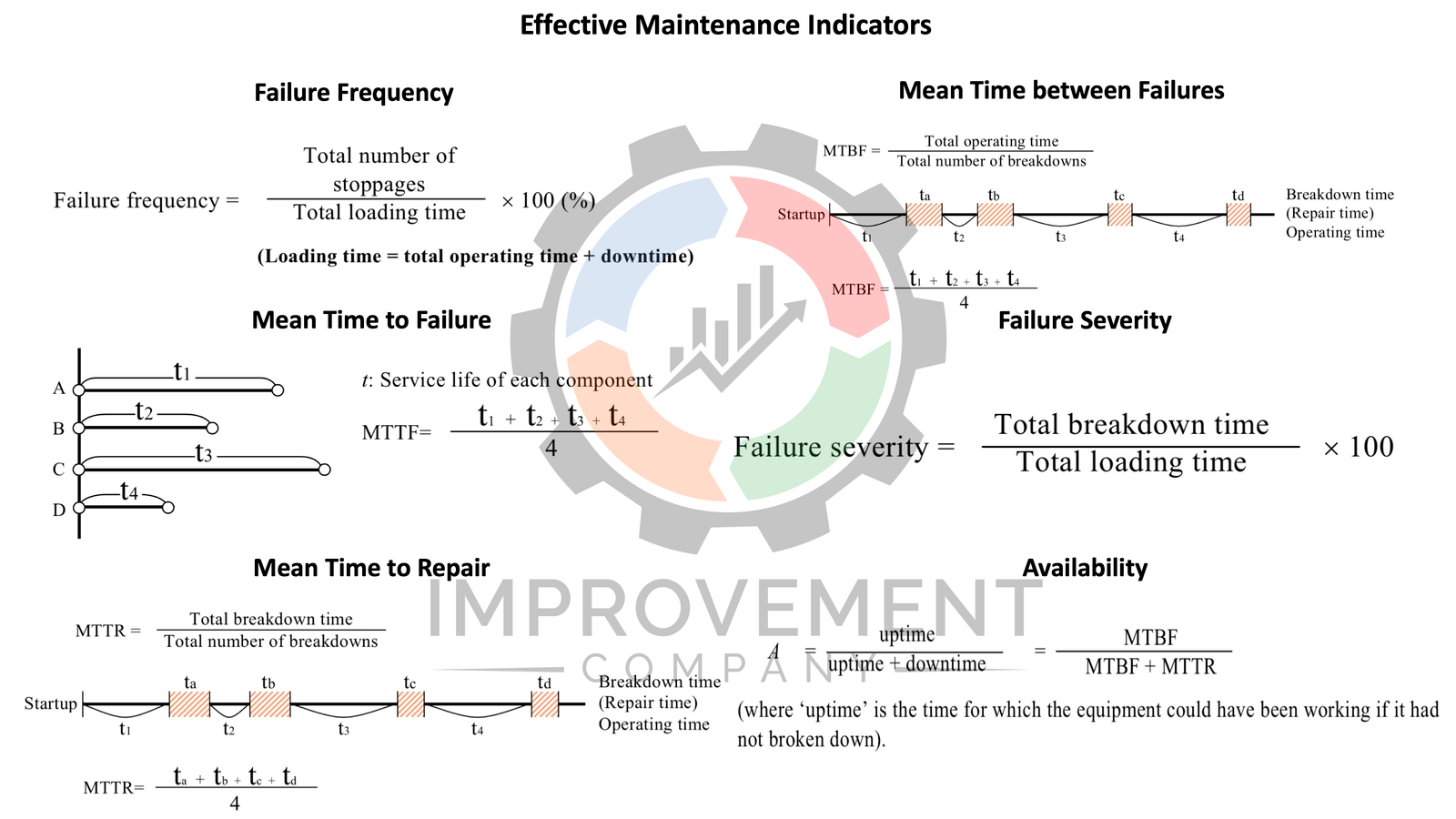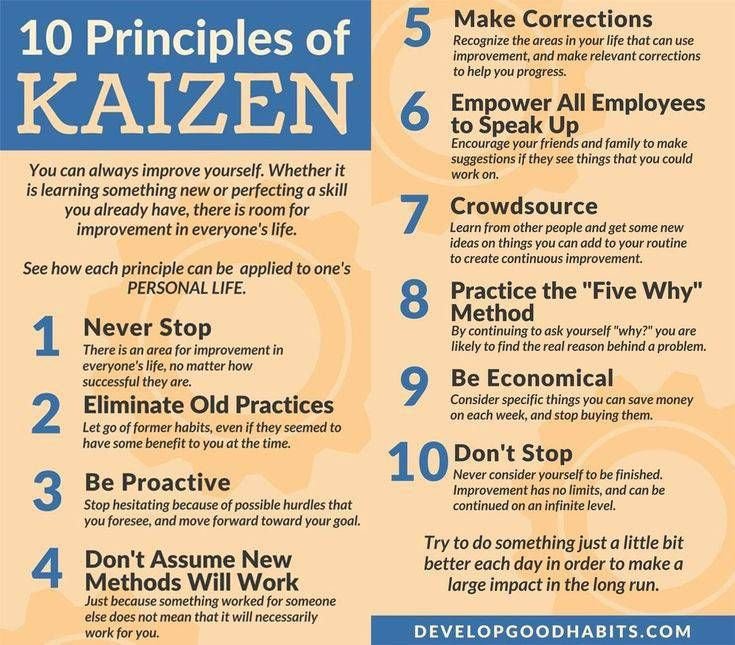The 7 QC Tools – Understanding Histograms for Improved Quality Control
Quality control is a critical aspect of any manufacturing process, and having the right tools in place to monitor and control it is essential. One of the 7 QC tools, the histogram, provides a valuable tool for improving quality control. Histograms provide a visual representation of the frequency of data points in a process, making it easier to identify patterns and trends. By detecting changes that fall outside of the desired range, histograms help organizations to identify and resolve issues quickly. Additionally, histograms allow for statistical analysis of the process data, enabling organizations to make data-driven decisions and improve their processes. By incorporating histograms into their quality control processes, organizations can ensure that their processes and products meet their desired quality standards.


